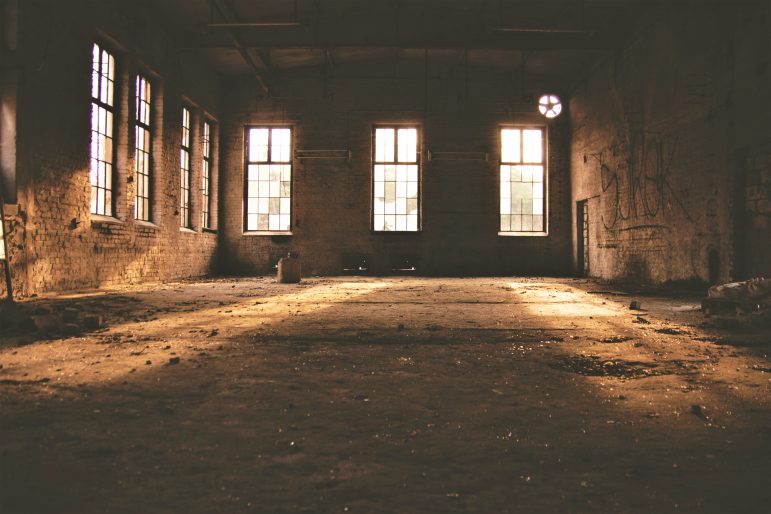In most facilities, dusting would be considered a basic housekeeping task and routinely left to cleaning staff. However, in manufacturing facilities, it can often actually be more of a hazard prevention measure.
That’s because, as Occupational Health & Safety (OHS) explains, dust found in industrial processing and manufacturing environments is not simply made up of dirt and dust mite excrement. Instead, it often contains hazardous particles that pose serious threats to workers’ health. Respirable dusts like silica or combustible dusts are responsible for fires and explosions, making dusting a crucial safety procedure.
Many of these dust particles are smaller than 10 microns, invisible to the naked eye, and can hang in the air for days before settling on rafters, ledges, and equipment.
A significant misconception that needs to be overcome is that removing these combustible dust accumulations is a standard housekeeping activity and not hazard prevention. Recognition of its importance will help to ensure the prevention of combustible dust explosions.
Industrial combustible dust vacuum cleaners provide the safest method of removing accumulations of combustible dust. OHS notes these are not the same as dust collectors or vacuum conveyors.
An example is a 2017 combustible dust explosion at a mill that killed four workers, injured 15 other employees, and resulted in US$1.8 million in Occupational Health and Safety Administration (OSHA) fines. The U.S. Chemical Safety and Hazard Inspection Board (CSB) is still investigating the incident, but a board report found that the cost of dust abatement, complacency, and a general lack of awareness of combustible risk (even by supervisors and safety managers) were factors that lead to catastrophic explosions.
The U.S. National Fire Protection Agency (NFPA) has several standards that address combustible dust, but there is no OSHA combustible dust standard. Chapter 7 of NFPA 654 (2020), Standard for the Prevention of Fires and Dust Explosions from the Manufacturing, Processing, and Handling of Combustible Particulate Solids, recommends that immediate cleaning should occur when dust accumulations reach 1/32 inch-thickness, approximately the thickness of a paper clip, over a surface area of at least five per cent of the floor area of the facility or any given room.
OHS stresses that this information is vital for plant managers, supervisors, safety managers, and employees to understand as it shows the need for just about any facility with exposed overhead areas and combustible dust to prioritize this serious hazard with regularly scheduled abatement cleaning.








